Glass facades are among the most important elements of modern architectural design. They provide a distinctive aesthetic touch to buildings while offering functional performance that enhances efficiency and ensures user comfort. With continuous technological advancements, glass facades now combine visual appeal with practical efficiency in energy savings, thermal insulation, and protection from environmental factors. In this article, we will explore comprehensive solutions for glass facades, including their components, modern technologies, and key benefits in engineering projects.
1. What Are Glass Facades?
Glass facades are cladding systems that use glass as the primary material, widely used in residential, commercial, and industrial building designs.
1. Types of Glass Facades
- Full Glass Facades: Where glass is the primary material covering the entire building.
- Integrated Facades: A combination of glass with other materials like aluminum or stone.
- Insulated Facades: Made up of multiple layers of glass with air gaps to enhance insulation.
2. Components of Glass Facades
- Glass: Can be clear, tinted, or reflective.
- Frames: Often made of aluminum for structural support.
- Insulation Systems: Materials that prevent heat and sound leakage.
- Accessories: Joints and supports ensuring stability and flexibility.
2. Aesthetic Advantages of Glass Facades
1. Enhanced Natural Lighting
Glass facades allow natural light to penetrate deep into the building, reducing reliance on artificial lighting.
2. Modern and Elegant Design
They provide a sleek, contemporary look that suits various architectural styles.
3. Diverse Visual Effects
- Tinted Glass: Adds unique visual dimensions.
- Reflective Glass: Offers privacy while maintaining aesthetic appeal.
3. Functional Performance of Glass Facades
1. Thermal and Acoustic Insulation
Insulation systems reduce heat and sound transfer between indoor and outdoor spaces, ensuring comfort for occupants.
2. Energy Efficiency
- Low-E Glass: Minimizes heat loss in winter and prevents overheating in summer.
- Integrated Solar Panels: Help generate energy and reduce electricity consumption.
3.Withstands strong winds and storms.
- Protects against harmful UV rays.
4. Advanced Manufacturing Techniques for Glass Facades
1. Digital Printing on Glass
This technique enables the addition of intricate patterns and innovative designs on glass facades.
2. Heat-Treated Glass
- Enhances glass strength, making it resistant to breakage and impact.
- Reduces the risk of thermal stress cracking.
3. Smart Glass
- Switchable Glass: Allows control over transparency levels.
- Photovoltaic Glass: Generates electricity from sunlight.
4. Advanced Installation Techniques
- Hidden frame systems provide a seamless and integrated appearance.
- Sealing materials prevent air and water leakage.
5. Practical Applications of Glass Facades
1. Residential Buildings
- Improve ventilation and natural lighting.
- Add a modern and luxurious appearance.
2. Commercial Buildings
- Showcase products attractively in storefronts.
- Office buildings benefit from improved working environments.
3. Public Facilities
- Mosques, museums, and libraries benefit from the aesthetics and functionality of glass facades.
4. Industrial Facilities
- Glass facades offer natural lighting that reduces energy consumption.
6. Challenges Associated with Glass Facades
1. High Costs
- Solution: Utilizing cost-effective manufacturing techniques to reduce expenses.
2. Regular Maintenance
- Solution: Applying coatings that resist dust and water to minimize cleaning needs.
3. Temperature Control
- Solution: Using low-emissivity and double-glazed glass.
4. Resistance to Natural Disasters
- Solution: Designing strong installation systems with materials resistant to storms.
7. The Promising Future of Glass Facades
1. Technological Innovations
The future of glass facades includes advancements such as self-cleaning glass and glass integrated with artificial intelligence.
2. Focus on Sustainability
- Using recycled materials.
- Integrating systems for clean energy generation.
3. Increased Integration with Smart Building Systems
- Controlling lighting and temperature using smart glass technologies.
Glass facades represent the perfect combination of beauty and functionality, offering sleek, modern designs alongside practical features that improve building performance and sustainability. Arak shadow provides innovative and comprehensive solutions in designing and implementing glass facades, focusing on quality and technology to meet the needs of various projects.

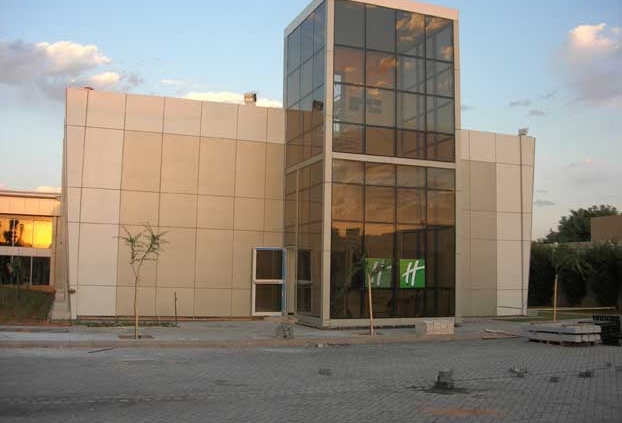
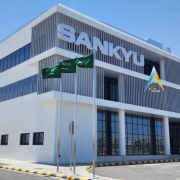
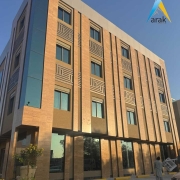
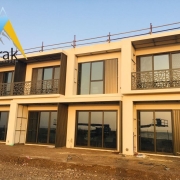
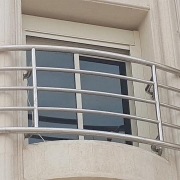
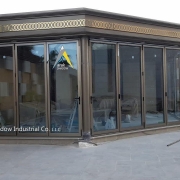


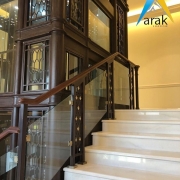


Leave a Reply
Want to join the discussion?Feel free to contribute!